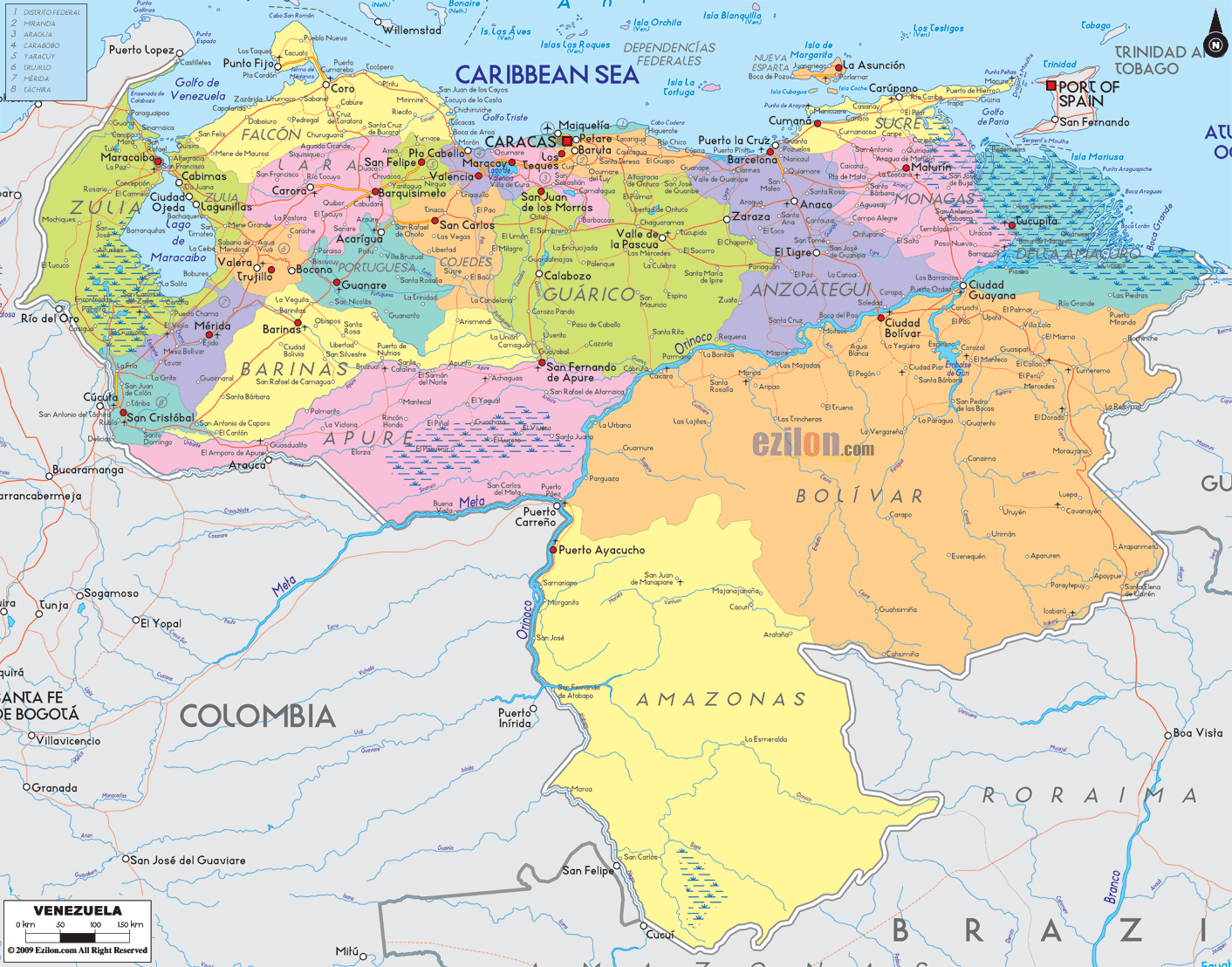Venezuela is developing a large special zone for food production in its eastern regions. Agriculture Minister Wilmar Castro Soteldo made the announcement recently.
The zone spans states like Guárico, Anzoátegui, Monagas, Sucre, and Bolívar.
The area contains around 12.55 million hectares for various farming activities. It also offers significant agroforestry potential.
Additionally, 1,240 kilometers of coastline present excellent fishing opportunities. These numbers exceed initial estimates of 5.45 million hectares.
This versatile zone can produce a wide variety of crops and livestock. Products will include soybeans, sorghum, corn, and rice.

Various meats, nuts, and tropical fruits are also on the list. Spices like cinnamon, pepper, and rosemary are other possibilities.
Eastern Venezuela holds 40% of the country’s land but produces only 9% of its food. Most food production happens in the Llanera, Western, and Andean regions.
President Nicolás Maduro aims to satisfy Venezuelan needs and enable exports. He invited both local and international investors to fund the project.
The government also plans to present the initiative to the BRICS nations.
The concept of creating specialized economic zones isn’t new. Various countries have successfully implemented these zones to stimulate growth.
In Latin America, such zones often focus on agriculture, manufacturing, or technology. Venezuela itself has attempted similar initiatives in the past with mixed results.
Venezuela’s economy has been grappling with challenges for years. Hyperinflation, political instability, and sanctions have impeded growth.
The food sector has been particularly affected, leading to shortages and high prices. The new food production zone aims to address these challenges head-on.
The involvement of BRICS nations could be significant. These countries have shown interest in collaborative projects in the past.
This new zone could be a model for other Latin American nations if successful. It could contribute not just to Venezuela’s economy but also to regional food security.

